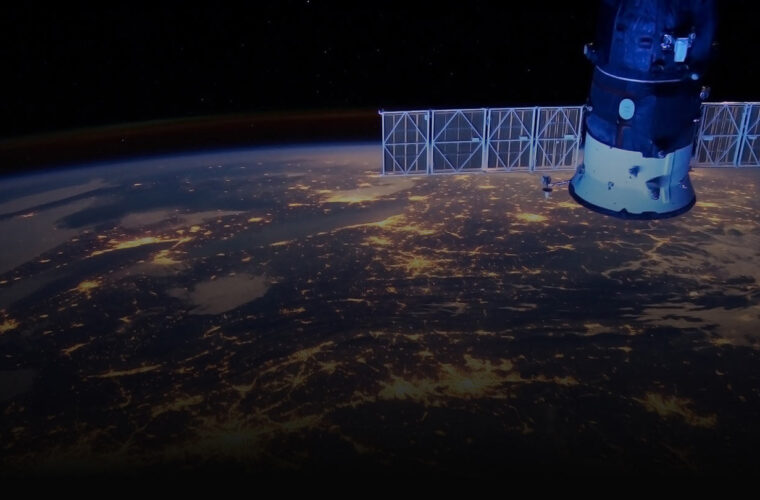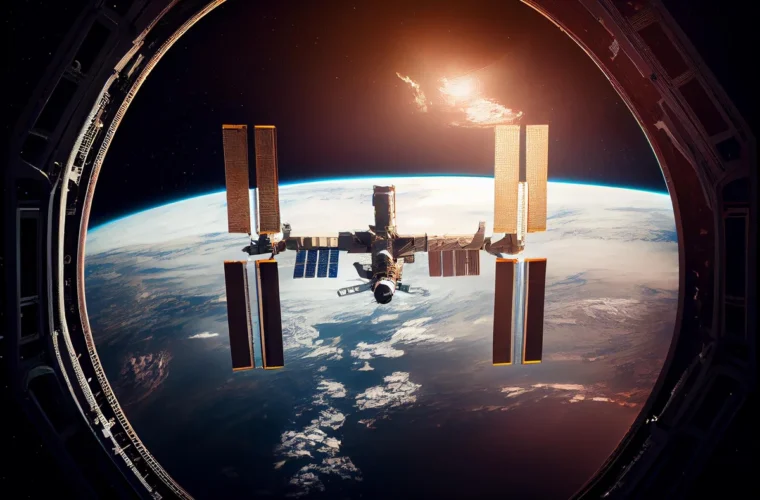By Akash Sriram
(Reuters) – A consortium funded by the European Union said on Thursday it was developing sensors to help satellites navigate with precision and enable drones to fly further for longer.
The INPHOMIR project plans to create two new ultra-low-power sensors, an optical gyroscope and a specialized lidar sensor to make space missions more efficient and affordable.
The project costs about 5 million euros ($5.38 million) and is financed by Horizon Europe, a funding program of the European Union for research and innovation.
WHY IT’S IMPORTANT
Satellite navigation sensors can struggle in harsh conditions such as low visibility, fog and dust. Even small measurement errors can cause major trajectory and positioning anomalies, potentially costing operators millions of dollars.
The INPHOMIR project is building its sensors onto indium phosphide, a material proven to improve efficiency and reduce weight and size for photonic integrated circuits, microchips that use light to transmit and process information.
The technology could also help power sensors used in drones and self-driving cars eventually, according to the consortium.
KEY QUOTE
“The advanced sensing technologies we are developing will hopefully enhance the accuracy of satellite positioning, improve navigation for interplanetary missions, and ensure the success of space exploration,” said Daniele Palaferri, project coordinator of INPHOMIR.
CONTEXT
Growing demand for satellite-based communication services, navigation and collection of data and images have led to a boom in the number of satellites operational in space, making navigation harder.
Debris such as spent upper stages of rockets, damaged satellites and other objects also pose threats to satellites trying to stay in orbit.
($1 = 0.9290 euros)




